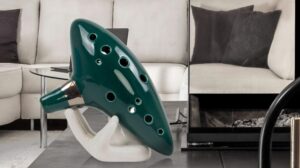
Exploring the Mystical Sounds: The World of the Ocarina
The ocarina is an ancient wind instrument known for its otherworldly and evocative sound. With a history spanning over 12,000 years across cultures worldwide, the

The ocarina is a wind instrument known for its sweet, flute-like tones and mystical charm. Behind every ocarina is an intricate process of artistry and meticulous craftsmanship. Transforming raw materials into a beautifully functional musical instrument requires great skill, passion, and patience.
In this in-depth look at ocarina making, we’ll explore what’s involved in creating these ceramic, wooden, and other wind instruments that bring joy through their melodies. From shaping chambers to tuning, discover the art and craft behind ocarina making!
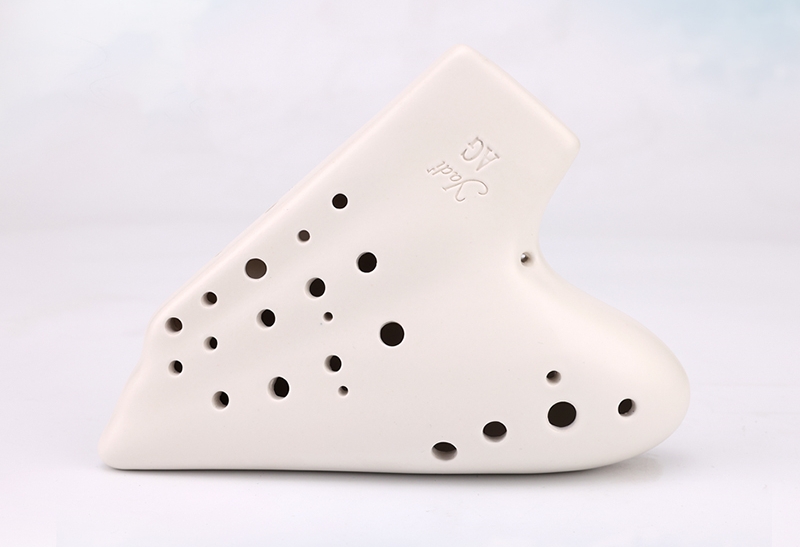
While ocarinas have existed for over 7,000 years, the artist Giuseppe Donati revolutionized ocarina design in the 19th century by creating the first multi-chambered ocarina. Donati passionately strove to elevate the ocarina into a respected musical instrument through his craftsmanship.
The advent of four and more chambered ocarinas allowed greater musical expression. Makers began expanding the ocarina’s range and tonality through innovative new shapes and fingering systems.
Today, ocarina-making is kept alive by artisan studios worldwide. Both individual and family-run businesses design stunning new ocarinas as well as honor classic styles. Thanks to their dedication, the ocarina continues evolving both acoustically and aesthetically.
Ocarina makers sculpt instruments from a range of natural and manmade materials:
Makers select materials that best suit their design vision, the customer’s needs, and acoustic properties.
Ceramic is the most traditional and widely used material for making ocarinas. The process involves several careful steps:
Chambers are formed by hand or using plaster molds. Makers expertly sculpt the right interior contours for proper tuning.
Finger holes are measured and marked precisely where needed for desired notes. They’re carved using drill bits.
The outer surface is shaped using tools or on a wheel. Decorations are hand-painted or carved at this stage.
The shaped clay must slowly dry from days to weeks to avoid cracking and warping in firing.
The dried clay is fired at a low temperature to harden it before glazing.
Liquid glazes in vibrant colors are applied by brushing, dipping, or spraying.
A second firing at a high temperature of over 2,000°F fuses the glazes to the ceramic.
After firing, small repairs and final touches are made before installing the mouthpiece cork.
Meticulous care is taken at each stage to result in a perfectly tuned and beautifully decorated ocarina.
For wooden ocarinas, the process likewise requires skill and care:
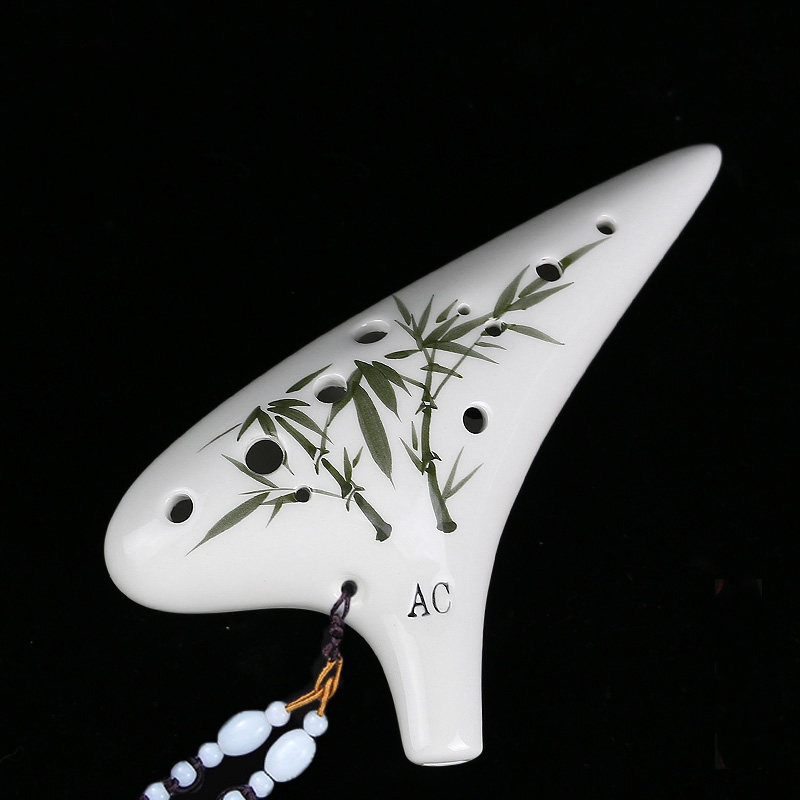
Master ocarina makers employ many innovative techniques to push their artistry to the highest level:
Through both time-honored techniques and cutting-edge technology, ocarina makers push the boundaries ever further in crafting ever more elaboration instrumentation.
Many ocarina artists and craftsmen have made invaluable contributions to elevating the ocarina’s design over the centuries. Here are some key innovators:
Thanks to ocarina pioneers past and present, the instrument continues evolving in both music and mystique.
While deeply rooted in tradition, ocarina-making continues to move forward by blending artistry with technology:
At the same time, the painstaking handmade crafting process at the core of ocarina artistry endures. The future points to an art form both honoring its lineage and continuously reinventing itself.
While ocarina making is an ancient craft, many artisans today are pushing the boundaries of both music and art through their innovative ocarina designs:
This German maker pioneers elaborate multidirectional blos ocarinas carved in richly resonant woods, blurring the lines between instrument and sculpture.
Based in California, Castro’s award-winning ceramic ocarinas feature multidimensional latticework that makes music visual. He engineers internal physics for both beauty and tune perfection.
Using her background in fine arts and dance, Urso-Trampani crafts ocarinas inspired by visual metaphors, like the Cosmic Egg triple helix model expressing themes of birth and wonder.
Fisher’s stunning hand-painted ceramic ocarinas exhibit both acoustic excellence and exquisite fine art painting, often inspired by themes from nature.
Theis oozes old-world craftsmanship in his handmade wooden ocarinas adorned with elaborate filigrees while integrating modern technical innovations like adjustable labium for better intonation on higher notes.
Cloistered away in his Monastery Woodshop in Iowa, Mahony painstakingly hand carves each wooden ocarina over weeks to achieve acoustic perfection. They sell out years in advance.
This musical prodigy started ocarina making as a child and now pushes the limits of tuning with adjustable slide mechanisms and novel diagonal fingering layouts. He also pioneered the glass ocarina.
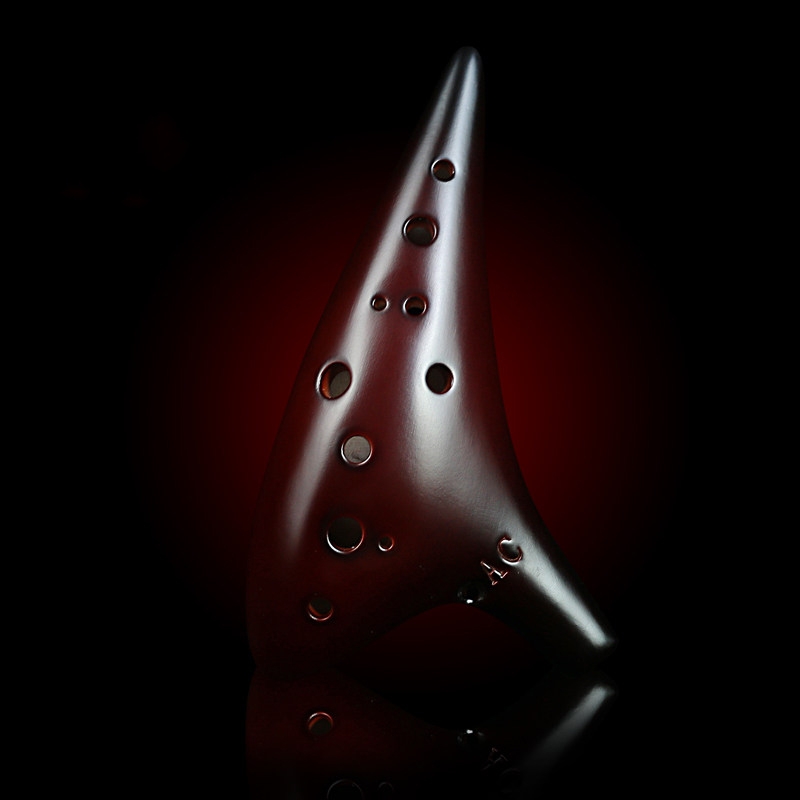
For musicians looking to purchase a hand-crafted ocarina, here are some tips on selecting an ocarina artisan:
An ocarina made with care becomes an heirloom to cherish for a lifetime and beyond. Invest wisely in the maker that best fits your needs and preferences – it will pay back dividends in beautiful music for many years.
For those who feel the calling to become ocarina artisans themselves, here are some tips on getting started:
With dedication to your craft and art, you may one day earn renown as an innovative ocarina maker if you have the drive to devote yourself fully to perfecting this enchanting instrument.
From ancient clay whistles to elaborately artistic masterpieces, the ocarina has been reimagined by generations of dedicated makers. Their passion for the instrument’s mystical sound fuels mastery of both artistic design and acoustical precision through time-honored hand craftsmanship and modern technology.
Ocarina makers tirelessly seek to unlock the instrument’s full melodic potential while making each one a unique work of functional art.
Today’s ocarina owes everything to the creative vision and skill of these artists and artisans who shape raw materials into bewitching music makers.
As both a musical instrument and an art form, the ocarina will continue evolving in wondrous ways thanks to human creativity and innovation.


The ocarina is an ancient wind instrument known for its otherworldly and evocative sound. With a history spanning over 12,000 years across cultures worldwide, the
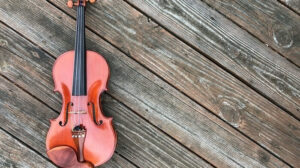
When it comes to taking care of your musical instruments, ocarina requires special attention, especially in terms of disinfection. Whether you’re a professional musician or

When it comes to preserving the charm and sound of your ocarina, storage is key. Just like a treasured book or a fine wine, your

The world of music is filled with diverse and captivating instruments, and among them, the ceramic ocarina stands as a unique and charming creation. With
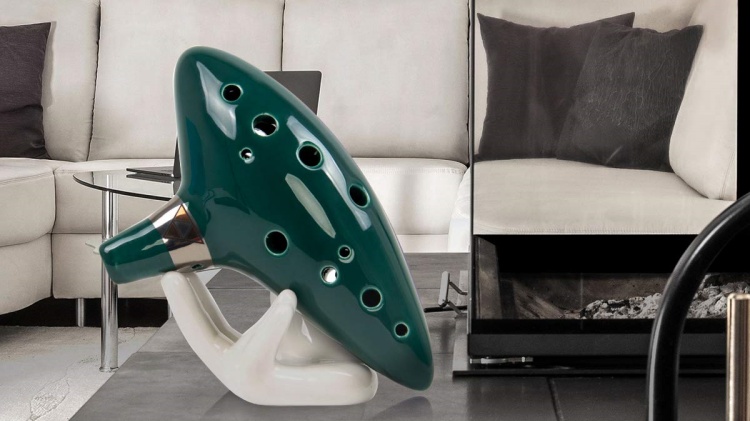
The ocarina is an ancient wind instrument known for its otherworldly and evocative sound. With a history spanning over 12,000 years across cultures worldwide, the

When it comes to taking care of your musical instruments, ocarina requires special attention, especially in terms of disinfection. Whether you’re a professional musician or

When it comes to preserving the charm and sound of your ocarina, storage is key. Just like a treasured book or a fine wine, your

The world of music is filled with diverse and captivating instruments, and among them, the ceramic ocarina stands as a unique and charming creation. With
Copyright © 2024 echofluteocarinas. All Rights Reserved.